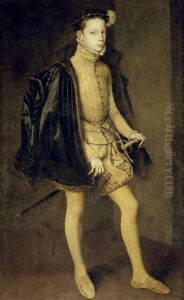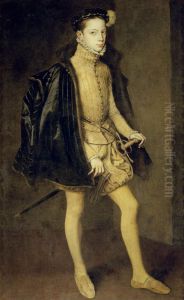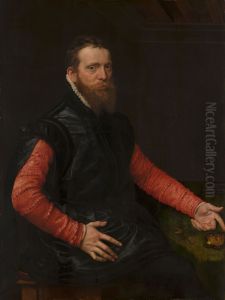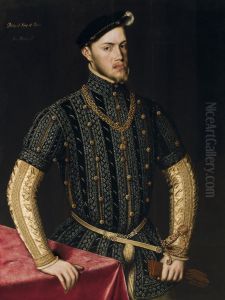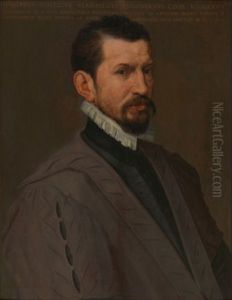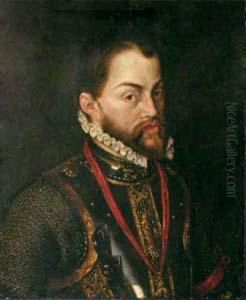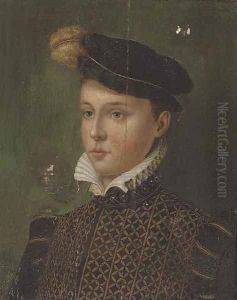Antonis Mor Paintings
Antonis Mor, also known as Anthonis Mor van Dashorst and Antonio Moro, was a prominent portrait painter during the Renaissance period. He was born in 1519 in Utrecht, which is now in the Netherlands. His early life and training remain relatively obscure, but he is believed to have apprenticed under Jan van Scorel, a significant Dutch painter of the time who had been influenced by Italian Renaissance artists during his travels.
Mor's talent as a portrait artist became evident early in his career, and he quickly gained a reputation for his sophisticated and insightful portraits. His works were known for their realism, attention to detail, and the psychological depth he brought to his depictions of sitters. In the 1540s, Mor traveled to Italy, where he was influenced by the works of Titian and other Italian masters, which further refined his style and technique.
By the 1550s, Mor had established himself as a court painter to the Habsburg rulers. He worked for Emperor Charles V and later for his son, Philip II of Spain. His role as a court painter required him to travel across Europe, producing portraits of nobility and royalty. One of his most famous works is the portrait of Mary I of England, painted in 1554, which showcased his skill in rendering regal dignity and character.
Mor's portraits were not just simple likenesses; they conveyed the social status, wealth, and power of the subjects, often incorporating rich textiles, intricate jewelry, and detailed embroidery that were characteristic of the times. His international clientele and the widespread distribution of his works contributed to his fame during his lifetime.
Antonis Mor's exact date of death is not certain, but it is believed that he died in Antwerp around 1577. His influence persisted beyond his death, as he left a significant mark on the Northern European portrait tradition. His works can be found in various museums and collections worldwide, recognized for their technical mastery and their vivid portrayal of 16th-century European aristocracy.
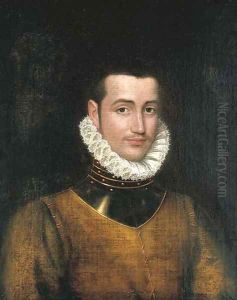
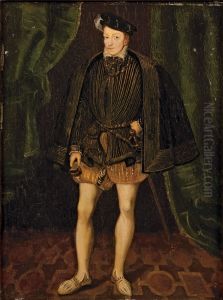
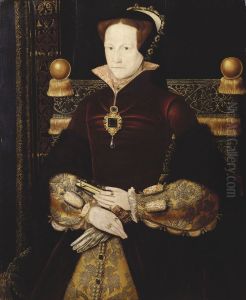
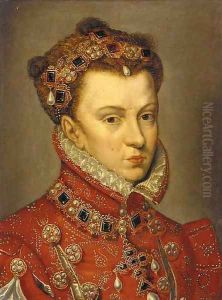
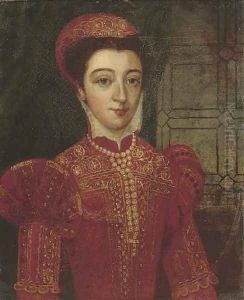
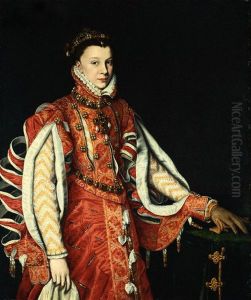
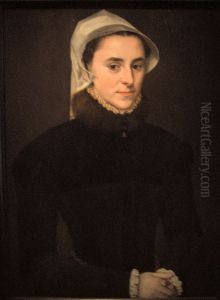
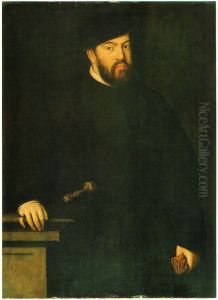
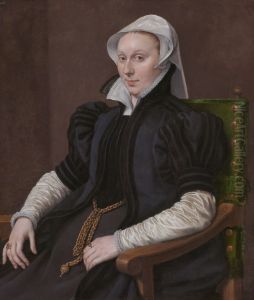
![[3]](https://www.niceartgallery.com/imgs/4613523/s/antonis-mor-3-17826a65.jpg)
